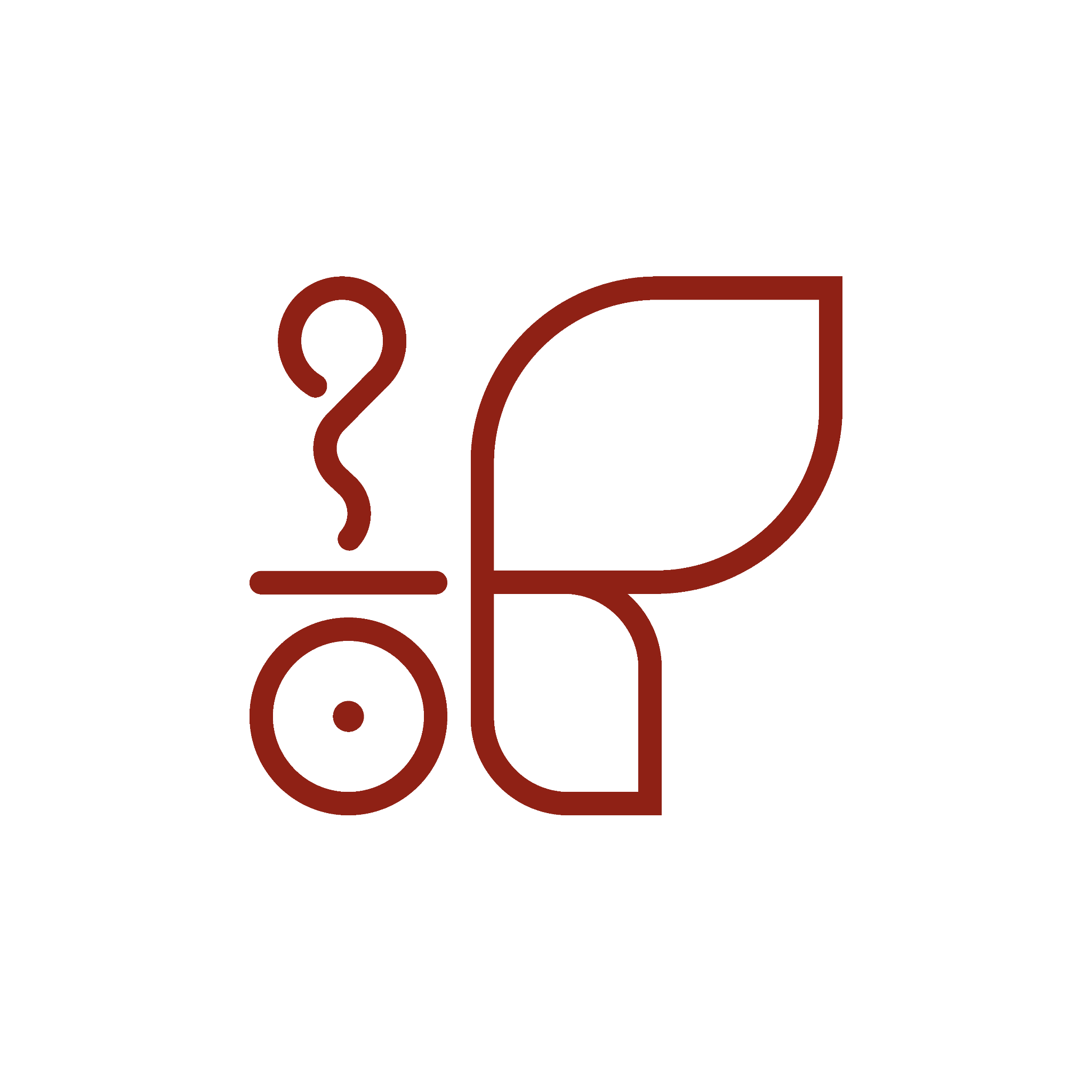Metal Organic Framework
A chemistry ball and stick model

Ball-and-Stick Model in Chemistry
The ball-and-stick model is a 3D molecular representation widely used in chemistry to visualize the structure of molecules. It helps students and scientists understand how atoms are connected and arranged in space.
Key Features
Balls → represent atoms.
Usually color-coded:
Carbon (C) = black or gray
Hydrogen (H) = white
Oxygen (O) = red
Nitrogen (N) = blue
Sulfur (S) = yellow
Halogens = green, purple, etc.
Sticks (or rods) → represent chemical bonds.
Single, double, or triple bonds can be shown with one, two, or three sticks.
The sticks are placed at the correct bond angles, so geometry is preserved (e.g., tetrahedral, trigonal planar, linear).
What it Shows
✅ The connectivity of atoms — who bonds to whom.
✅ The bond angles and approximate geometry.
✅ The 3D arrangement of a molecule, which is important for understanding reactivity, polarity, and function.
Advantages
Simple, intuitive, and visually clear.
Useful for teaching and demonstrations.
Makes it easy to see the shape and orientation of molecules.
Limitations
The balls and sticks are not scaled realistically (atoms and bonds are not those sizes).
Doesn’t show electron density or the true "cloud-like" nature of atoms.
Space-filling models (CPK models) give a more realistic sense of actual molecular volume.
✨ In short: The ball-and-stick model is like a molecular skeleton, where atoms are balls and bonds are sticks, making the invisible world of molecules tangible and easy to visualize.

